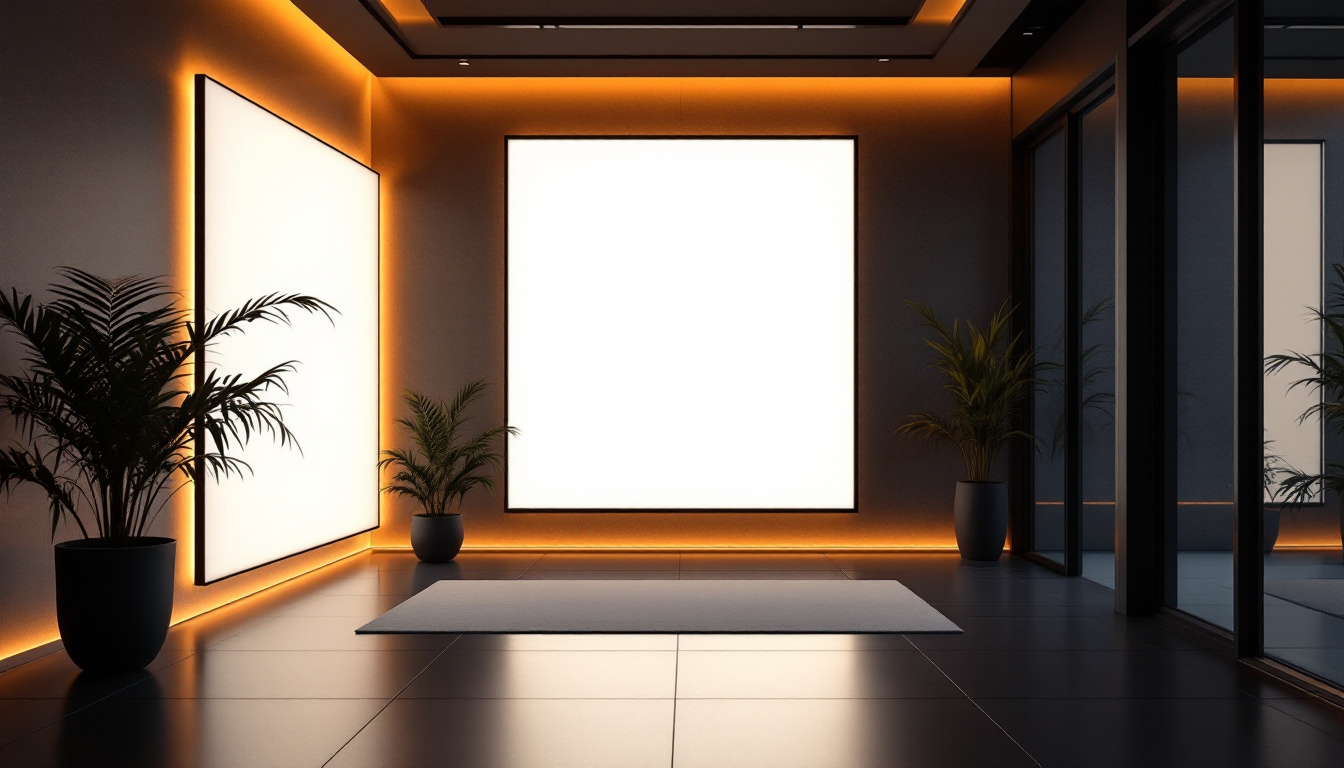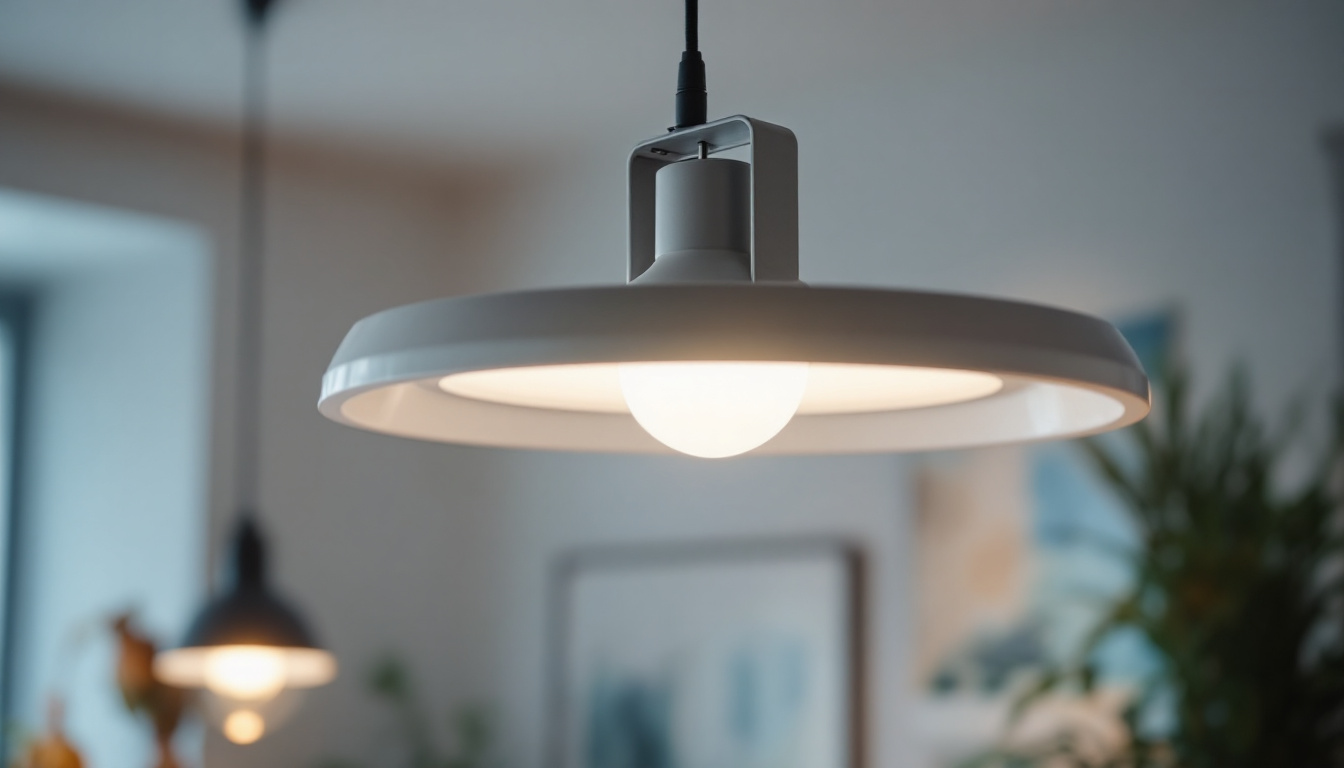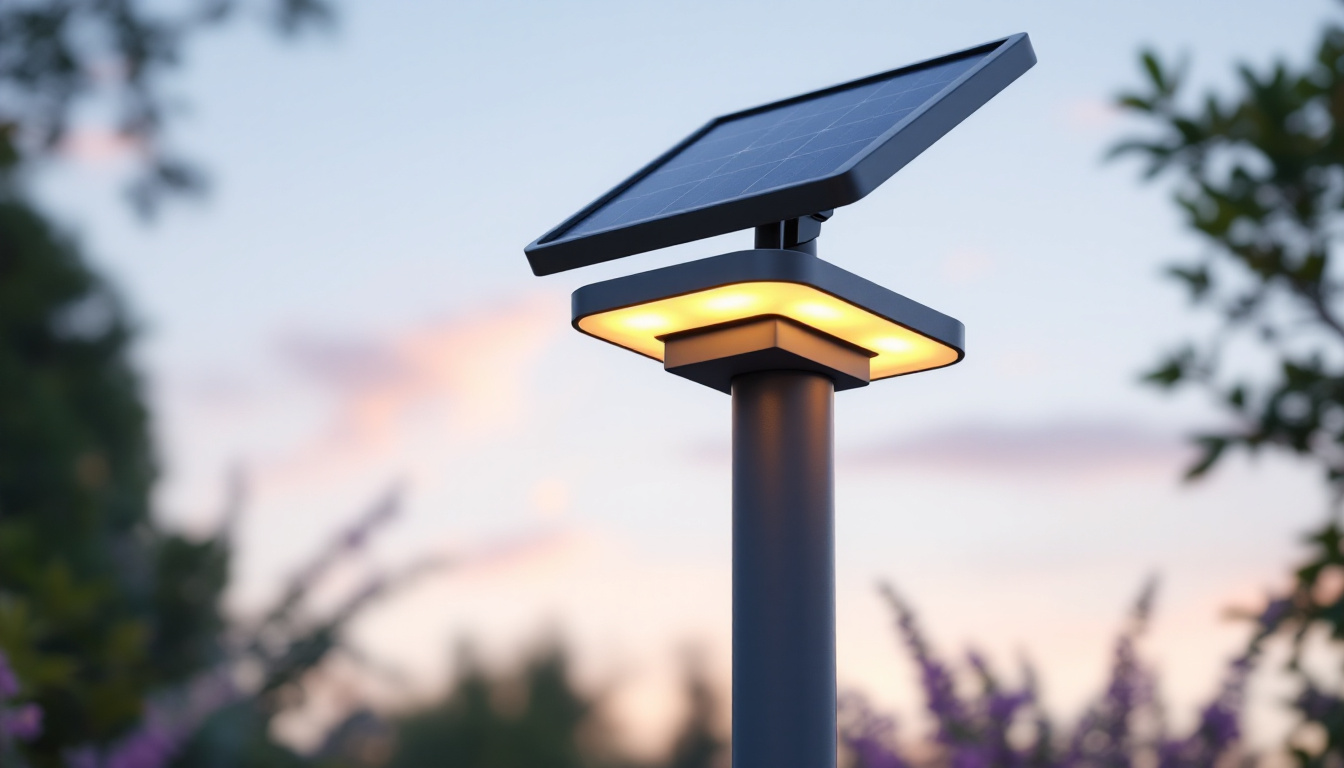
In the ever-evolving world of lighting technology, LED panel lighting has emerged as a transformative solution for various applications. From commercial spaces to residential environments, the adoption of LED panels is reshaping how we think about illumination. This article delves into the significance of LED panel lighting, highlighting its advantages, applications, and the reasons it has become a critical component in lighting installations.
LED panel lighting offers a multitude of benefits that make it a preferred choice for contractors and designers alike. Understanding these advantages is essential for making informed decisions in lighting installations.
One of the standout features of LED panel lighting is its energy efficiency. Compared to traditional lighting options like fluorescent or incandescent bulbs, LED panels consume significantly less power while providing the same, if not better, illumination. This not only reduces energy bills but also contributes to a more sustainable environment by lowering carbon footprints.
For contractors, recommending energy-efficient solutions can enhance their reputation and appeal to environmentally conscious clients. The long lifespan of LED panels, often exceeding 50,000 hours, means fewer replacements and maintenance costs, making them an economically sound choice over time. Furthermore, many regions offer incentives or rebates for installing energy-efficient lighting, which can further offset initial installation costs and encourage the adoption of LED technology in both residential and commercial projects.
LED panel lights are known for their superior quality of light. They provide a uniform distribution of light, reducing glare and creating a comfortable environment for occupants. This is particularly important in settings like offices, schools, and healthcare facilities, where adequate lighting can impact productivity and well-being.
Moreover, LED panels offer a range of color temperatures, allowing contractors to customize lighting to suit the specific needs of a space. Whether it’s a warm white for a cozy atmosphere or a cool white for a more energetic feel, the versatility of LED panels enhances their appeal in various applications. In addition, the high Color Rendering Index (CRI) of LED lights ensures that colors appear more vibrant and true to life, which is particularly beneficial in retail environments where product presentation is key to sales.
The sleek and modern design of LED panel lighting allows for seamless integration into various architectural styles. Available in multiple sizes and shapes, these panels can be installed in ceilings, walls, or even as standalone fixtures. This flexibility makes them suitable for a wide range of environments, from corporate offices to retail spaces.
Contractors can leverage this design versatility to create innovative lighting solutions that enhance the aesthetics of a space while meeting functional requirements. The ability to design with LED panels opens up new possibilities for creative expression in lighting installations. Additionally, many LED panels are now available with smart technology features, allowing for remote control and automation. This not only adds to the convenience of managing lighting but also enables energy-saving strategies through programmable settings, further enhancing the overall efficiency and adaptability of the lighting system.
The versatility of LED panel lighting extends to numerous applications across different sectors. Understanding where and how to implement these panels can significantly impact the success of a lighting project.
In commercial environments, LED panel lighting is increasingly being used for general illumination, accent lighting, and task lighting. Offices benefit from the energy efficiency and quality of light that LED panels provide, leading to improved employee productivity and satisfaction. Additionally, their low heat emission helps maintain a comfortable temperature in office spaces.
Retail environments also utilize LED panels to create inviting atmospheres that highlight products effectively. The ability to adjust color temperatures allows retailers to enhance the visual appeal of merchandise, ultimately driving sales. Contractors can play a crucial role in designing lighting that aligns with the brand identity of the retail space. Furthermore, the sleek design of LED panels allows for seamless integration into various architectural styles, making them a popular choice for modern storefronts and showrooms.
Healthcare facilities require precise and reliable lighting to ensure patient safety and comfort. LED panel lighting meets these needs by offering bright, even illumination that reduces shadows and enhances visibility. This is particularly important in examination rooms and surgical suites, where accurate lighting is critical.
Moreover, the reduced heat output of LED panels contributes to a more comfortable environment for both patients and staff. The long lifespan of these fixtures also means less frequent replacements, allowing healthcare facilities to focus resources on patient care rather than maintenance. Additionally, many LED panels can be equipped with dimming capabilities and color temperature adjustments, enabling healthcare providers to create a calming atmosphere during patient interactions, which can significantly reduce anxiety and promote healing.
In educational settings, proper lighting is essential for fostering a conducive learning environment. LED panel lighting provides the necessary brightness and uniformity to ensure that students can see clearly without straining their eyes. This is especially important in classrooms, libraries, and laboratories.
Additionally, the energy efficiency of LED panels aligns well with the sustainability goals of many educational institutions. By opting for LED lighting, schools can reduce operational costs while promoting environmental stewardship among students and staff. The adaptability of LED panels also allows for innovative classroom designs, such as flexible learning spaces that can be reconfigured for different teaching methods. This versatility not only enhances the educational experience but also encourages collaboration and creativity among students, preparing them for a dynamic future in a rapidly changing world.
While the benefits of LED panel lighting are clear, contractors must consider several factors during the installation process to ensure optimal performance and client satisfaction.
Not all LED panels are created equal. Contractors should evaluate the specifications and features of different products to select the right panels for each project. Factors such as lumen output, color rendering index (CRI), and energy consumption should be taken into account to ensure the chosen panels meet the specific needs of the space.
Additionally, understanding the layout and design of the installation area is crucial. Proper spacing and positioning of panels can significantly impact the overall effectiveness of the lighting. Contractors should conduct thorough assessments and collaborate with clients to determine the best approach for each unique environment.
Lighting installations must adhere to various regulations and standards, including building codes and energy efficiency guidelines. Contractors should stay informed about local regulations to ensure compliance during the installation of LED panel lighting.
Failure to comply with these regulations can lead to costly delays and potential legal issues. By prioritizing compliance, contractors can enhance their credibility and build trust with clients, ensuring a smooth installation process.
As technology advances, ongoing education and training are essential for contractors to stay competitive in the lighting industry. Familiarity with the latest LED panel products, installation techniques, and energy efficiency standards can significantly enhance a contractor’s skill set.
Investing in training not only improves the quality of installations but also positions contractors as knowledgeable experts in the field. This can lead to increased client satisfaction and repeat business, as clients are more likely to trust contractors who demonstrate expertise and commitment to quality.
The future of LED panel lighting looks promising, with continuous advancements in technology and design. As the demand for energy-efficient and sustainable lighting solutions grows, LED panels are likely to play an even more significant role in lighting installations.
One of the most exciting developments in the lighting industry is the integration of smart technology with LED panel lighting. Smart LED panels can be controlled remotely, allowing users to adjust brightness, color temperature, and even create lighting schedules through mobile apps or voice commands.
This level of control enhances user experience and promotes energy savings by allowing occupants to customize lighting based on their preferences and needs. For contractors, offering smart lighting solutions can set them apart from competitors and cater to the growing market of tech-savvy clients.
As environmental concerns continue to rise, the focus on sustainability in lighting installations will become even more critical. LED panel lighting, with its energy-efficient properties and long lifespan, aligns perfectly with the goals of reducing energy consumption and minimizing waste.
Contractors who prioritize sustainable practices in their projects will not only meet client demands but also contribute to a greener future. This commitment to sustainability can enhance a contractor’s reputation and attract environmentally conscious clients.
The design of LED panel lighting is continually evolving, with manufacturers introducing innovative features that enhance functionality and aesthetics. From tunable white technology that adjusts color temperature throughout the day to panels with integrated sensors for occupancy detection, the possibilities are expanding.
Contractors should stay updated on these innovations to offer clients the latest and most effective lighting solutions. Embracing new technologies can lead to more efficient installations and improved client satisfaction.
LED panel lighting has become a critical component in modern lighting installations, offering numerous advantages that cater to various applications. Its energy efficiency, quality of light, and design flexibility make it a preferred choice for contractors and clients alike.
As the industry continues to evolve, staying informed about the latest trends and technologies will be essential for contractors to remain competitive. By embracing LED panel lighting and its myriad benefits, contractors can enhance their projects, satisfy client needs, and contribute to a more sustainable future in lighting.
Ready to elevate your lighting installations with the efficiency, quality, and design flexibility of LED panel lighting? Look no further than LumenWholesale, where we provide contractors with spec-grade lighting products at unbeatable wholesale prices. Our extensive selection is designed to meet the highest industry standards, ensuring you get the most reliable and high-performance lighting solutions for your projects. Plus, with free shipping on bulk orders, you can enjoy premium lighting at the best value — without any hidden fees. Don’t compromise on quality or cost. Wholesale Lighting at the Best Value is just a click away. Experience the LumenWholesale difference today!

Discover the key essentials of lighting certification for contractors, exploring the benefits, requirements, and pathways to enhance your professional credentials and ensure compliance in the ever-evolving lighting industry..

Discover what T8 lighting is and how contractors can master its installation and efficiency benefits.

Discover how the right light fixture mounting bracket can enhance energy efficiency in your home or office.

Discover the transformative impact of solar lights on posts for lighting contractors.